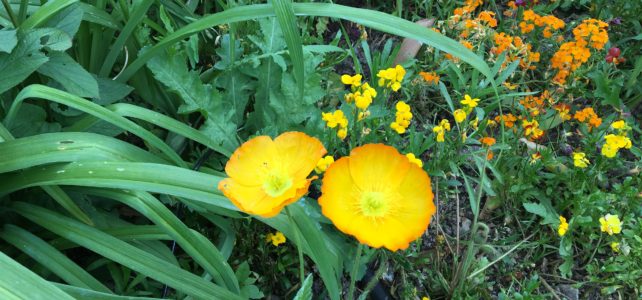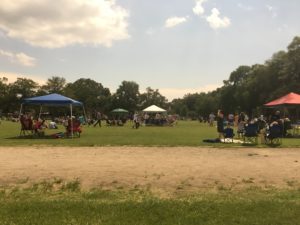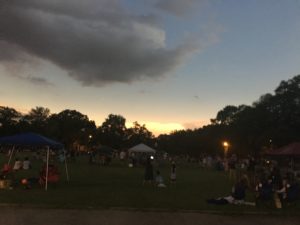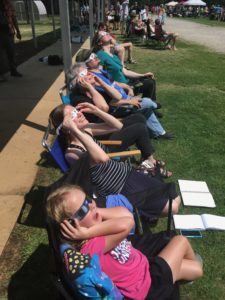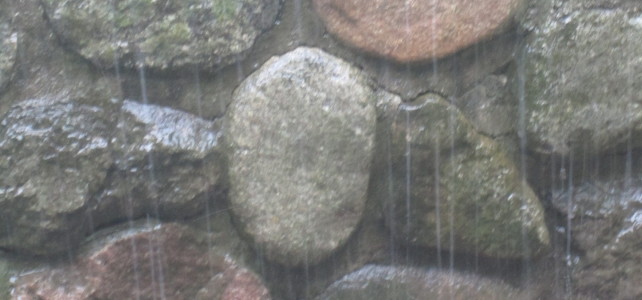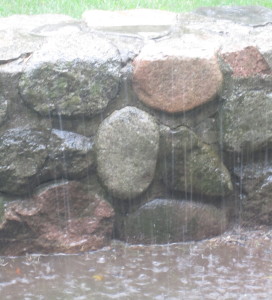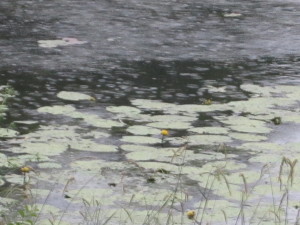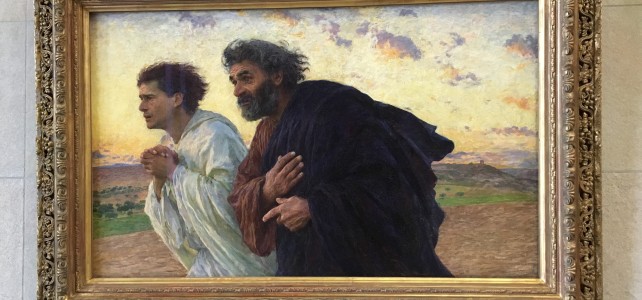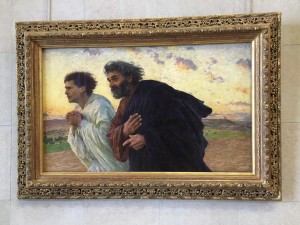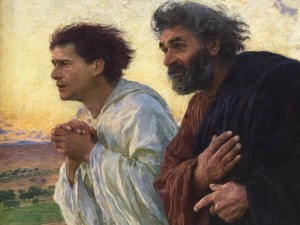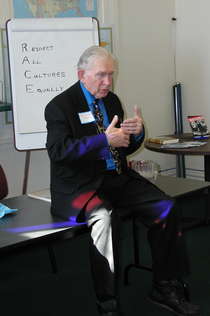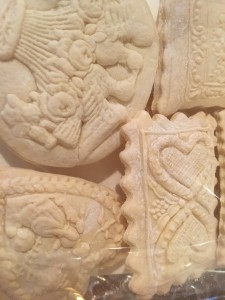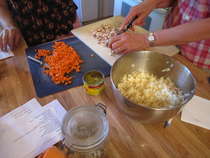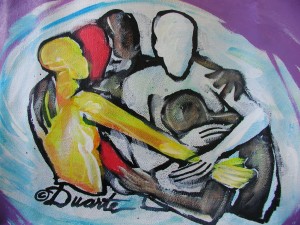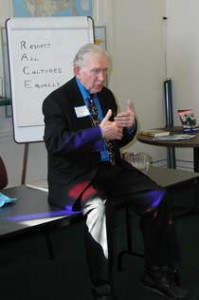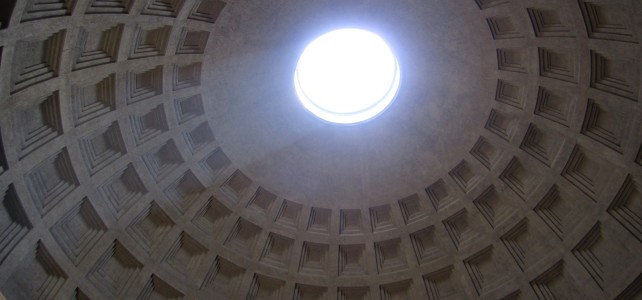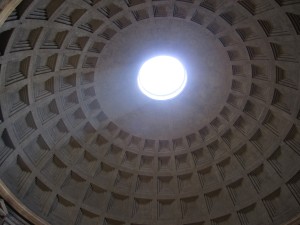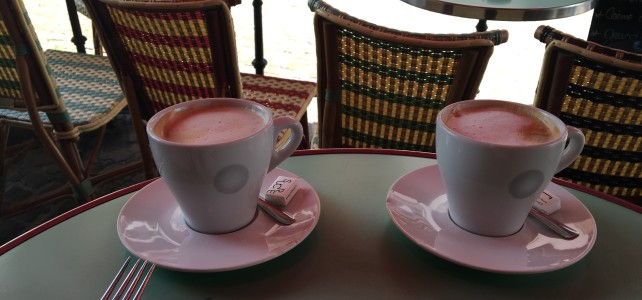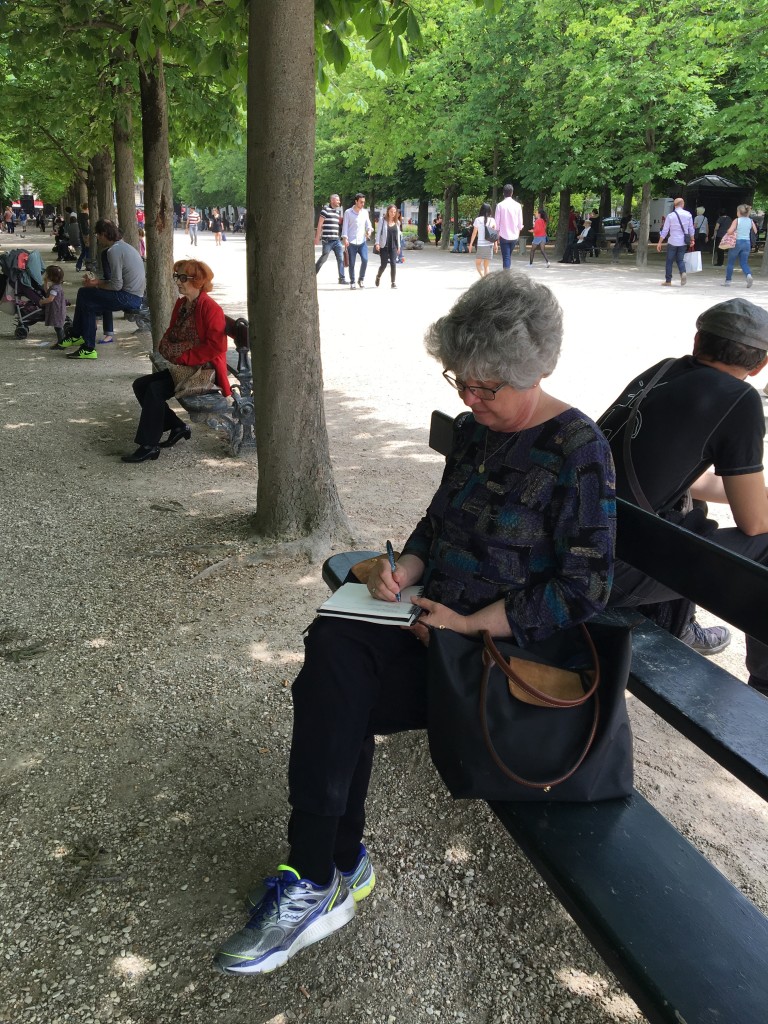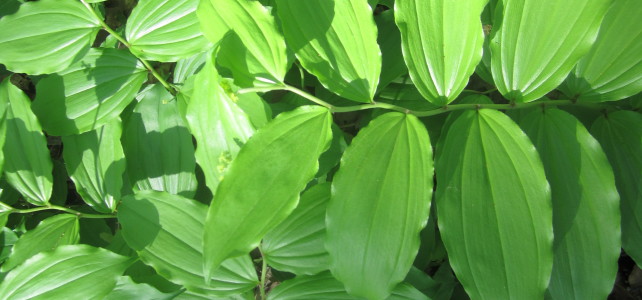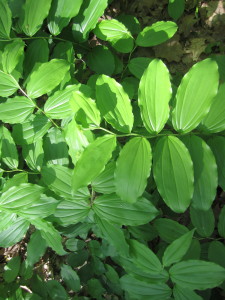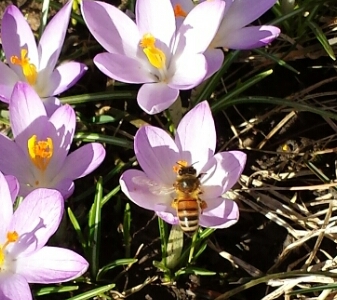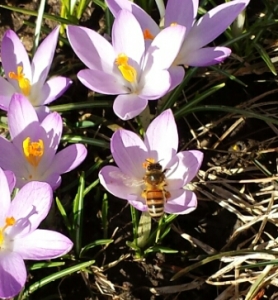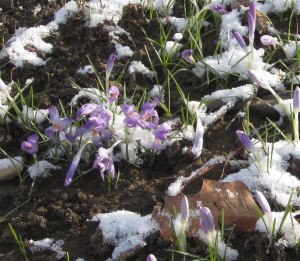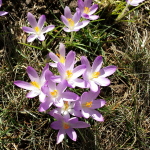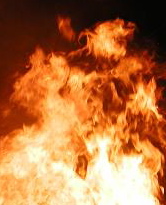Originally published in The Catholic Times November 12, 2017
November 9 is the feast of the dedication of the Lateran Basilica in Rome, the official church of the Pope. The Mass readings for that day, not surprisingly, have to do with temples of one sort or another. The first reading is from Ezekiel 47, but let’s start a bit earlier in the book.
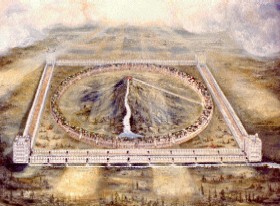
Ezekiel’s temple by Henery Sulley (1845-1940) Public Domain
In chapters 40-48 of Ezekiel, the prophet describes a vision where God transports him to a high mountain in Israel, and an angel gives him a tour of a new city. The vision is long and full of details: precise measurements of walls, inner courts, outer courts, door jambs, and Temple outbuildings, as well as the new Temple itself. Ezekiel witnesses the glory of God returning to fill the Temple, and God tells him that it again will be the Divine dwelling place in the midst of the people.
In addition to seeing the physical structures, Ezekiel learns the rules for those who serve in the Temple, how land is to be appropriated, how feasts are to be observed, and a list of protocols and procedures for Temple worship and sacrifices and that would make a Royal event planner’s head spin.
As I read these verses, I was glad it was Ezekiel and not me who had been instructed to remember every detail so he could share them with the exiled Israelites when he returned to them in Babylon. They had pretty much lost hope. Jerusalem had fallen, and despite the prophet’s valiant efforts to help them recognize that its destruction was imminent, many had clung to the illusion that Jerusalem would survive and they would go back home, resuming life as usual. I can identify. It’s a human tendency to ignore signs that portend the coming of something calamitous or the slow creep of something bad.

PHOTO: Mary van Balen
Next comes the description of the spring in the Temple. That’s the first reading for November 9. It’s abbreviated in the lectionary (To get the full effect, I suggest reading all the first twelve verses.), but it’s still a magnificent image. A stream begins in the Temple, runs under the threshold, and flows to the Dead sea, swelling into a river too deep for anyone to cross.
When it reaches the sea, it makes the salt water fresh, teeming with all kinds of fish and water creatures. People flock there with nets. Wherever the river flows, it brings life and healing. Trees along its bank produce new, delicious fruit every month. Even their leaves are medicinal. All this because it is God’s life flowing from the sanctuary.
When I read these words, I wanted to jump in! I wanted to splash through the river and sink beneath the water, let it do its healing, and then burst up through the surface full of hope, energy, and joy, free of the worries and concerns that fill my heart. Perhaps that’s how the Israelites felt when they listened to Ezekiel recount the story.
The good news is that God doesn’t dwell in temples or churches. Paul writes to the Corinthians, and to us, that we are the temples of God. (1 Cor 3, 16-17) The Spirit lives in each of us, neighbor and stranger alike. The glorious, healing, life-giving Presence that Ezekiel sees coming from the Temple, flows in and through all, gracing the people and places it touches. We don’t have to look for that river streaming down from the city on a hill; that “river” is everywhere. We can sink into Holy Presence wherever we are. Incarnation means God has entered into the matter of creation. We are immersed in that Presence whether we realize it or not. Open to it, Grace transforms us and all it touches. We can move into our deepest center and meet God there.
God is truly with us: strength in our struggles, joy in our celebrations, hope when we are tempted to despair. God walks with us when we are afraid, offers rest when we have worn ourselves out, waits when we are too busy to notice, fills what is empty, mourns with us in our grief, and sits with us when we don’t know what else to do.
The last words in Ezekiel, naming the new city, sum up this wondrous reality: “The name of the City shall henceforth be ‘The Lord is here.’” (48, 35)
© 2017 Mary van Balen
